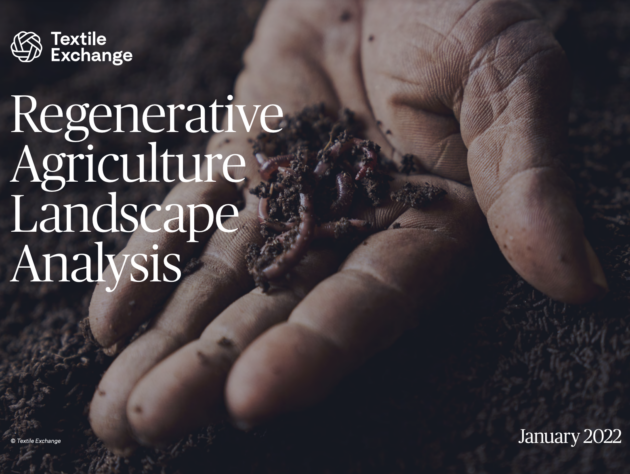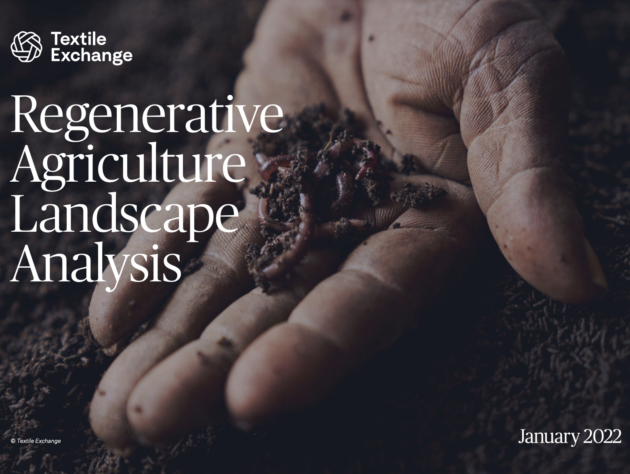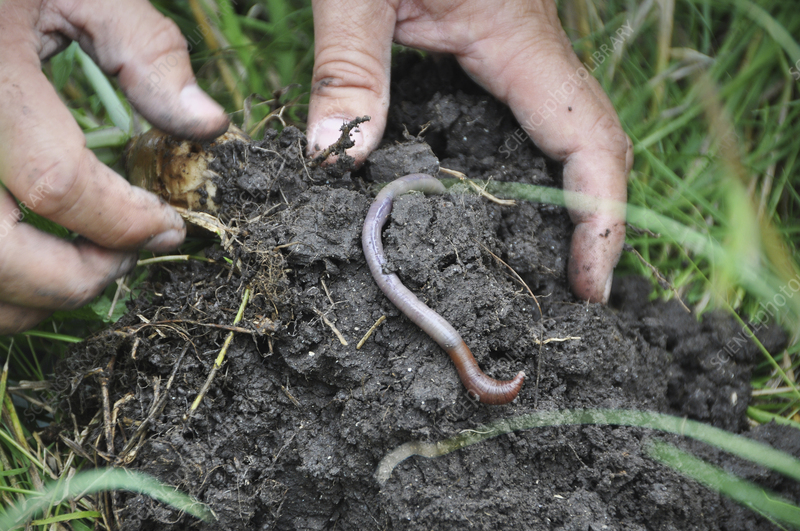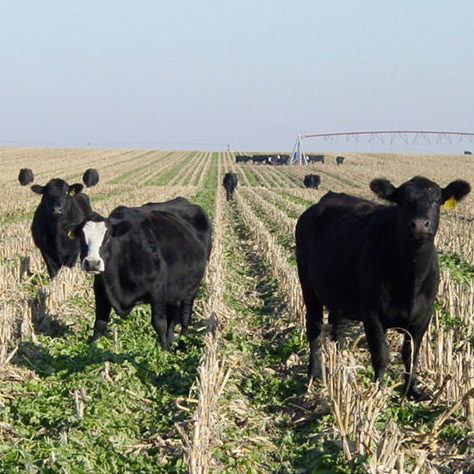
Unlock Your Homestead's Potential: The Power of Regenerative Farming
We've all seen the headlines: soil erosion, water scarcity, and the looming threat of climate change. While these issues seem overwhelming, there's a powerful movement gaining momentum that offers a path towards a healthier planet, starting right in our own backyards. Imagine a different approach to agriculture, one that not only sustains but actively improves the land. This is the promise of regenerative farming, and homesteaders are uniquely positioned to lead this soil revolution.
Defining Regenerative Farming: More Than Just Sustainable
Regenerative farming isn't just about maintaining the status quo; it's about actively revitalizing our ecosystems. It goes beyond sustainable practices, focusing on rebuilding soil health, increasing biodiversity, and improving water cycles. This holistic approach recognizes the interconnectedness of all living things and aims to create resilient, thriving ecosystems. The key principles of regenerative farming include:
- Minimizing Soil Disturbance: Reducing or eliminating tillage to protect soil structure and beneficial organisms.
- Cover Cropping: Planting crops specifically to protect and improve the soil between cash crops.
- Crop Rotation: Varying the crops grown in a specific area to improve soil fertility and reduce pest and disease pressure.
- Integrating Livestock: Using managed grazing to improve soil health and pasture productivity.
- Promoting Biodiversity: Creating diverse ecosystems that support pollinators, beneficial insects, and wildlife.

Benefits for Homesteaders: A Bounty from Healthy Soil
For homesteaders, regenerative farming offers a multitude of practical advantages that directly impact the productivity and resilience of their land.
Improved Soil Health: The Foundation of a Thriving Homestead
Imagine scooping up a handful of rich, dark soil teeming with life, smelling earthy and sweet after a rain. This is the reality of regenerative farming. By minimizing disturbance, adding organic matter, and promoting microbial activity, regenerative practices dramatically improve soil health. This leads to increased water retention, reduced erosion, enhanced nutrient cycling, and significant carbon sequestration, turning your homestead into a carbon sink.
Increased Yields & Resilience: Nature's Own Defense System
Healthy soil leads to healthy plants. Regenerative farming practices enhance plant vigor and resistance to pests and diseases, resulting in increased yields and greater resilience in the face of environmental challenges. Picture rows of thriving vegetables, lush fruit trees, and healthy livestock grazing on nutrient-rich pastures. This abundance is a direct result of nurturing the soil.
Reduced Input Costs: Working with Nature, Not Against It
One of the most significant benefits for homesteaders is the reduced reliance on synthetic fertilizers, pesticides, and herbicides. By fostering a healthy ecosystem, regenerative farming allows nature to do much of the work, saving you money and reducing your environmental impact. Imagine the satisfying sound of buzzing bees pollinating naturally resistant plants, a testament to the power of a balanced ecosystem.
Enhanced Biodiversity: A Symphony of Life
Regenerative farming creates a thriving ecosystem that supports pollinators, beneficial insects, and wildlife. Planting diverse crops, creating wildlife habitats, and integrating livestock create a complex web of life that enhances the overall health and stability of your homestead. Envision butterflies flitting among wildflowers and birds singing in the trees, a constant reminder of the vibrant ecosystem you've created.

Practical Actions for Homesteaders: Getting Started with Regeneration
Ready to embrace regenerative farming on your homestead? Here are some actionable steps you can take:
No-Till Gardening: Respecting the Soil's Structure
Minimize soil disturbance by adopting no-till gardening techniques. This involves planting directly into the soil without plowing or tilling. This practice preserves soil structure, reduces erosion, and protects beneficial soil organisms.
Cover Cropping: Nourishing the Soil Between Seasons
Plant cover crops like clover, rye, or oats in between your main crops. These crops protect the soil, add organic matter, fix nitrogen, and suppress weeds, improving overall soil health.
Composting & Vermicomposting: Turning Waste into Treasure
Transform kitchen scraps and yard waste into nutrient-rich compost and vermicompost (compost created with worms). These natural fertilizers provide essential nutrients for your plants and improve soil structure.
Integrating Livestock: Nature's Own Tillers
If you have livestock, consider implementing managed grazing practices. Rotate your animals frequently to prevent overgrazing and allow pastures to regenerate. Livestock manure provides valuable nutrients to the soil.
Creating Wildlife Habitats: Inviting Biodiversity
Plant native trees, shrubs, and wildflowers to attract pollinators, beneficial insects, and wildlife. Create hedgerows, build birdhouses, and provide water sources to enhance biodiversity on your homestead.

Community Resilience: Growing a Sustainable Future Together
Regenerative farming is more than just an individual practice; it's a movement that can strengthen communities and build more resilient local food systems. By producing healthy, local food, homesteaders can reduce their reliance on industrial agriculture and contribute to a more sustainable and equitable food future. Consider participating in local farmer's markets, seed sharing initiatives, and community gardens to connect with others and share your knowledge.
Conclusion: Sowing the Seeds of Change
Regenerative farming offers a powerful path towards a healthier planet and more resilient communities, and homesteaders are at the forefront of this movement. By embracing these practices, you can unlock the full potential of your land, reduce your environmental impact, and create a thriving ecosystem that benefits both you and future generations. Take the first steps towards adopting regenerative practices on your homestead today. Start small, experiment, and learn from your experiences. The journey towards a healthier planet begins with a single seed.
Resources for Further Learning: